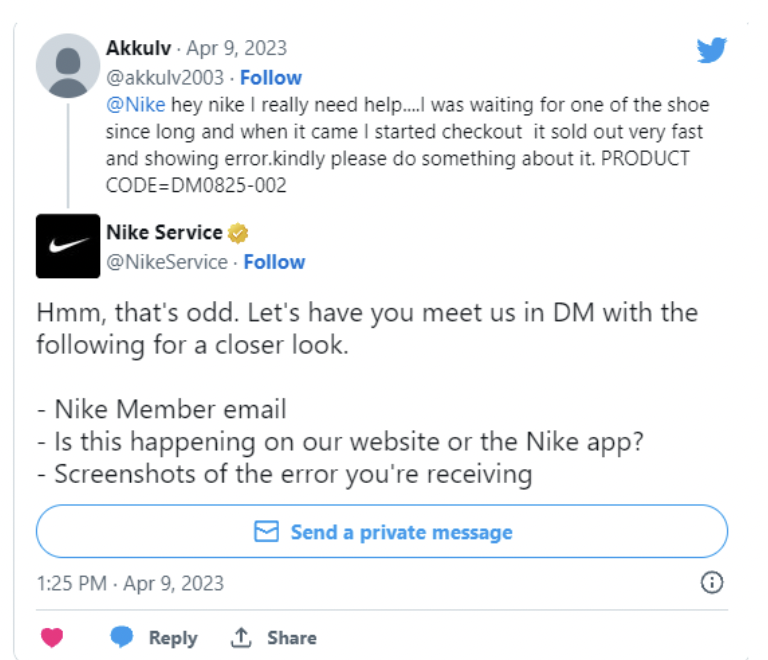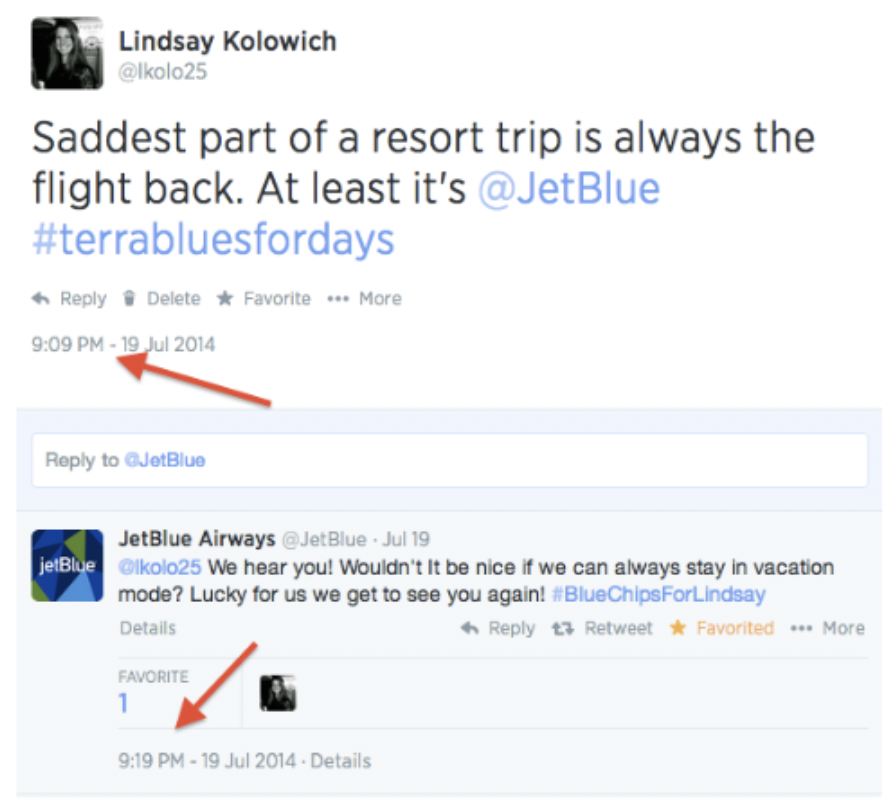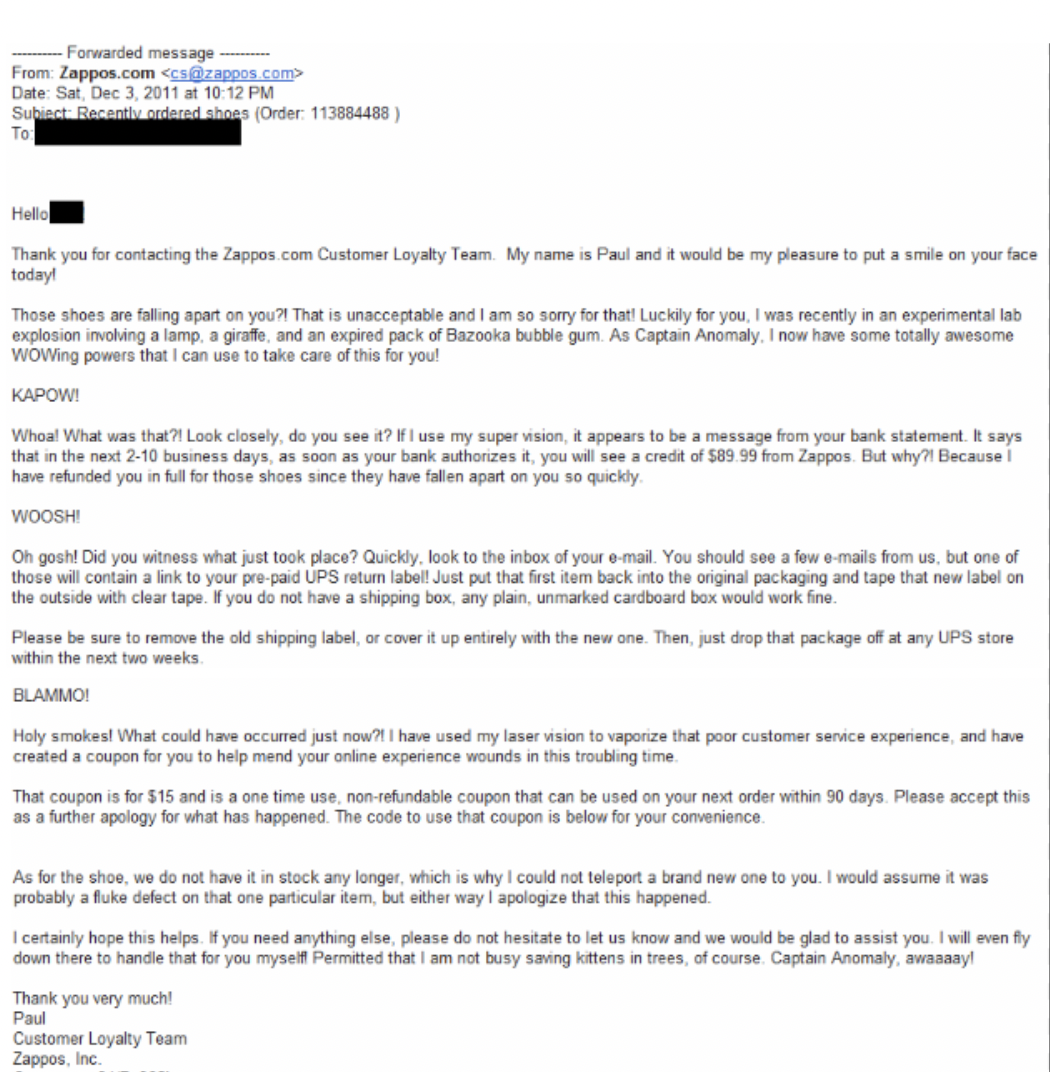

Updated December 3, 2025
Maintaining a positive reputation is crucial for the success of any business, and this holds true for small businesses as well. In today's digital era, where information spreads quickly and opinions can make or break a company, small businesses must actively manage their online reputation. Strong and positive reputations enable firms to attract top talent, as they are perceived as offering greater value, thus positioning them to command premium prices for their products and services.
Customers of reputable companies exhibit higher levels of loyalty and engage in a wider range of purchases. In an economy where 70% to 80% of market value stems from intangible assets that are difficult to assess, such as brand equity, intellectual capital, and goodwill, organizations are particularly vulnerable to anything that damages their reputations. In this article, we will examine four examples of successful reputation management strategies employed by small businesses, highlighting their approaches to establishing and maintaining a positive image.
Reputation management refers to the strategic process of monitoring, influencing, and shaping how a company or brand is perceived in the online landscape. It involves actively managing online reviews, customer feedback, social media interactions, and other digital touchpoints to maintain a positive image.
Looking for a Public Relations agency?
Compare our list of top Public Relations companies near you
Reputation management aims to safeguard a business's reputation by promptly addressing negative feedback, resolving customer issues, and proactively showcasing the brand's positive aspects. By actively managing and maintaining a favorable online reputation, companies can enhance their credibility, attract new clients, and foster long-term business growth. Here are five of the top reputation management examples for small businesses.
From managing negative reviews to staying active on social media platforms, maintaining a good reputation and online presence isn’t as straightforward as it sounds.
Companies should look to successful online reputation management strategies from real-life companies to determine how to best bolster brand image.
Your brand’s online reputation is a huge indicator of customer satisfaction. As a business owner, these digital marketing examples should guide you toward smart ways to enhance the recognition of your brand name.
The bigger your brand gets, the harder it is to find time to review customer complaints. Managing online reputation operates on multiple levels, and it is crucial to keep customer complaints in focus and not let them slip away unnoticed.
One way to effectively manage the overwhelming influx of messages on social platforms is to establish separate handles dedicated to customer support. A popular brand that’s doing this is Nike.

Source: X
The primary focus of the @NikeService account is to respond promptly to customers in need of assistance. By using @NikeService the company can simplify the process while keeping complaints and questions in a single support hub. Nike has given its customers a reason to want to return to its website every day and engage with Nike and its friends.
Everyone gets added value: customers receive something that helps them with their fitness regimen and enables them to interact with friends. In contrast, Nike gets valuable information about how customers use its products. By creating a two-way conversation with consumers, Nike gains insight into their needs, and as the results show, they don’t just listen; they also act on it. They react.
Experiencing flight delays or cancellations can be highly frustrating for any customer. When this happens, many customers express frustration on social media platforms, including X and Facebook. JetBlue recognized the issues the airline industry was facing from a reputational perspective and took actions to position itself as a company that prioritizes customer service.

Source: Hubspot
When a customer complains about a cancellation or flight delay, JetBlue communicates with the client promptly and provides helpful responses. Employees at JetBlue don't feel pressured to respond to every tweet that comes in quickly, as they are not required to meet a specific response goal.
"We want our employees to engage smartly, and for the conversations to be organic and natural. We look for opportunities to add value and connect with our customers, not just respond to every single mention that comes our way." – JetBlue
Whole Foods is known for its natural food selection, household items, and clothing. While the company maintains a strong online reputation, it has not been entirely immune to controversies.
Nonetheless, what sets Whole Foods apart is its remarkable approach to addressing conflicts. With a remarkable number of more than 300 X accounts and 250 Facebook accounts, Whole Foods ensures a personalized approach by predominantly involving local employees. This extensive network of accounts adds a personal touch to their X presence, enabling the local employees to cater to their target market with greater specificity.

Source: Spokal
The CEO of Whole Foods, John Mackey, wrote an op-ed in the Wall Street Journal detailing his stance on healthcare reform. While this was clearly his personal opinion, it still affected the Whole Foods brand. Many customers were unhappy with the position of the CEO, and even created boycott groups on social media.
Whole Foods quickly assessed the reputational risk and took swift action with an official statement a few days later. This response had a positive effect on the outcome of this situation. They invited customers to share their opinion of the matter, which helped maintain their reputation as a brand that cares.
At Zappos, employees are trained to use interactions with customers as a way to build relationships, not make a sale. And if a call is going long during a particularly busy time, then it's up to the employee overseeing the call center to assign more resources to the call rather than encouraging an employee to end a call early.

Source: Reddit
Zappos’ main focus is to “WOW” every customer through superior customer service. Their contact center agents have gone above and beyond by sending hand-written cards to clients and even delivering flowers to customers during difficult times.
Their 365- return policy helps create a positive social media reputation for the brand. This policy has meant that the returns at Zappos are around 35% of online order values, but the customer WOW factor has increased customer loyalty. 75% of their total revenue is from repeat customers. Zappos considers this strategy as a marketing expense toward customer acquisition.
Online reputation management is an ongoing endeavor focused on establishing, nurturing, and upholding the brand identity of your business. Its primary objective revolves around shaping and effectively managing how consumers perceive your business in the digital realm.
Reputation management techniques can include suppressing or responding to online messages. Some strategies might include:
When your reputation is positive, you inspire customer loyalty, a significant driver of revenue and growth. A negative reputation can damage sales and customer retention, but it can also help you learn about what customers like, which in turn can inform updates to business processes that better meet consumer needs.

Source: P2P
The factors above provide valuable information that helps you understand the sentiments surrounding your brand. Essentially, they provide valuable insights crucial for enhancing your online brand identity and shaping consumers' perceptions of your brand.
Thinking of how your company is going to track your online reputation? Use these tools:
If tools aren’t your thing, you can always hire an expert brand reputation management company to support your vision.
The best practices for online reputation management are:
All of these best practices are effective when businesses engage with their target audiences. Always keep them in mind when it comes to managing your online reputation.
Your brand's reputation is not solely dependent on the quality of your products or services, but also on how the public perceives your brand. Online platforms, including social media, review sites, and search engines, significantly influence public opinion.
Through effective reputation management, you can proactively influence and shape the narrative surrounding your brand, ensuring that it aligns with your desired image.
By promptly addressing customer concerns, engaging with online communities, and fostering positive interactions, reputation management helps build trust, credibility, and customer loyalty.
It empowers you to effectively control and amplify your brand's positive attributes, ultimately driving growth and success in a highly competitive digital landscape.


